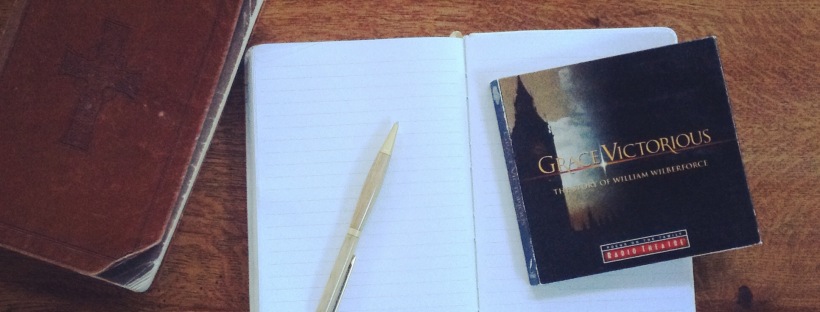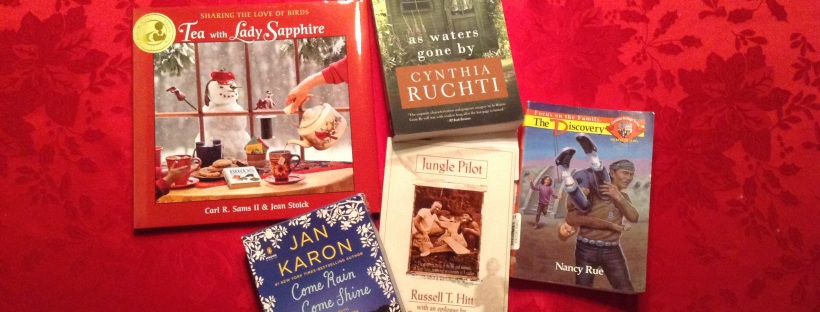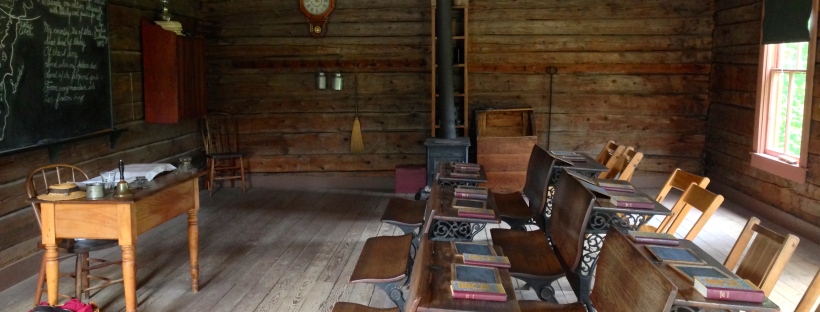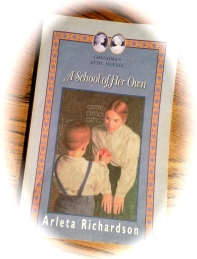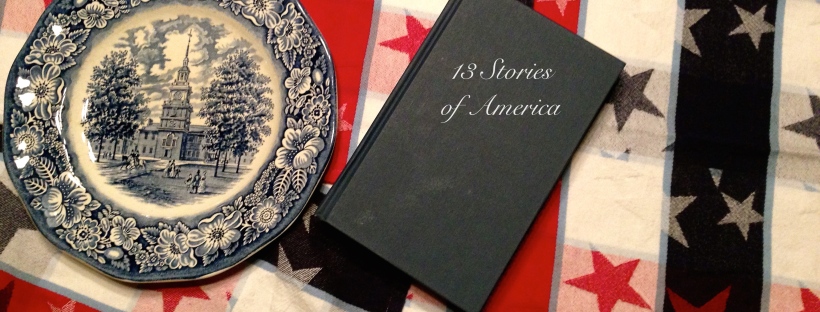Have you ever revisited a story you read as a child and found parts you didn’t remember?
One example might be Felicity Learns a Lesson: A School Story by Valerie Tripp. Within the pages of this short chapter book, the reader finds reminders that even if the land in which we live is ruled by an earthly king we also live in God’s kingdom.
This truth is easy to forget – just like it may be easy to forget the five-pointed star hidden within an apple (a little wonder used to illustrate a point for Felicity). But sometimes these forgotten things can have huge impacts on our lives.
This week much of the world is thinking of Halloween or its variations like Día de los muertos. However, October 31 marks the 500th anniversary of an event that has had a profound impact on human history.
That event was the start of the Protestant Reformation.
It certainly hasn’t been a perfect movement. No movements made up of imperfect people will get it all right. But at its core, it gave light to a few powerful thoughts:
- No one can be saved from the penalty of sin (death) by their works…and definitely not by the indulgences that some were trying to sell at the time! (Romans 6:23, Ephesians 2:8-9)
- We are saved by grace through faith in Jesus Christ who paid the penalty for us through His death on the cross and Who conquered death in His resurrection.
- The Bible should be available to the people to read for themselves.
- “For there is one God, and there is one mediator between God and men, the man Christ Jesus,” (I Timothy 2:5, ESV).
These truths – like the points of the star hidden within an apple – are easy to forget. But what impact would they have on our lives if we remembered them?
- What if we lived remembering that we can’t earn our salvation?
- What if we lived remembering that the price has been paid for us – that eternal life is a gift to us – and lived in the reality of this grace? This saving grace is free to us, and yet it changes everything of who we are, doesn’t it?
- What if we lived remembering that the Bible is the Word of God and read it for ourselves often?
- What if we lived remembering that Jesus is our advocate and that we have direct access to the King of Kings and Lord of Lords?

